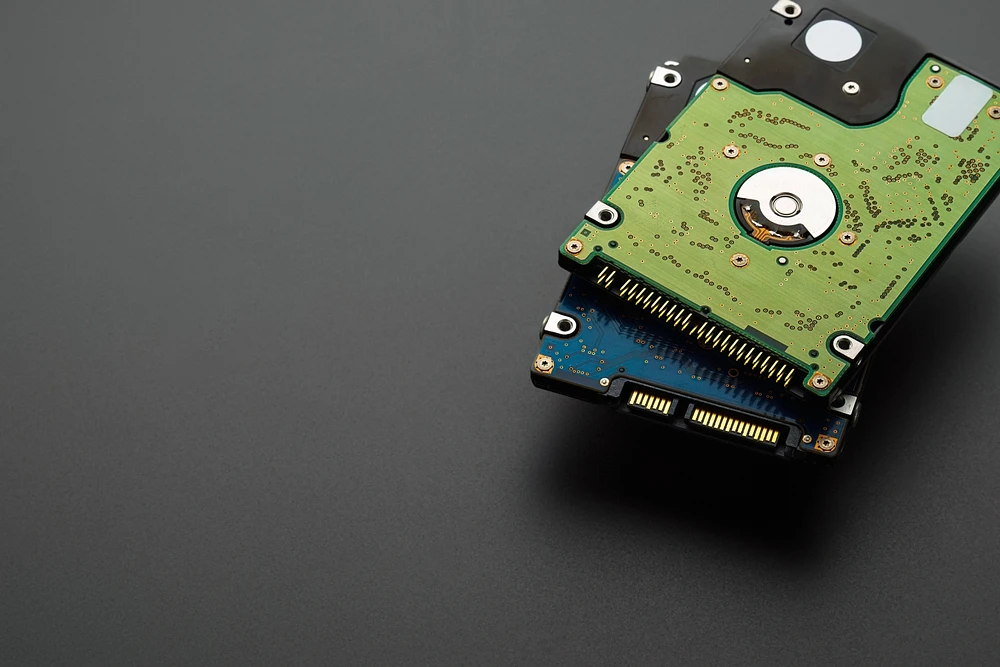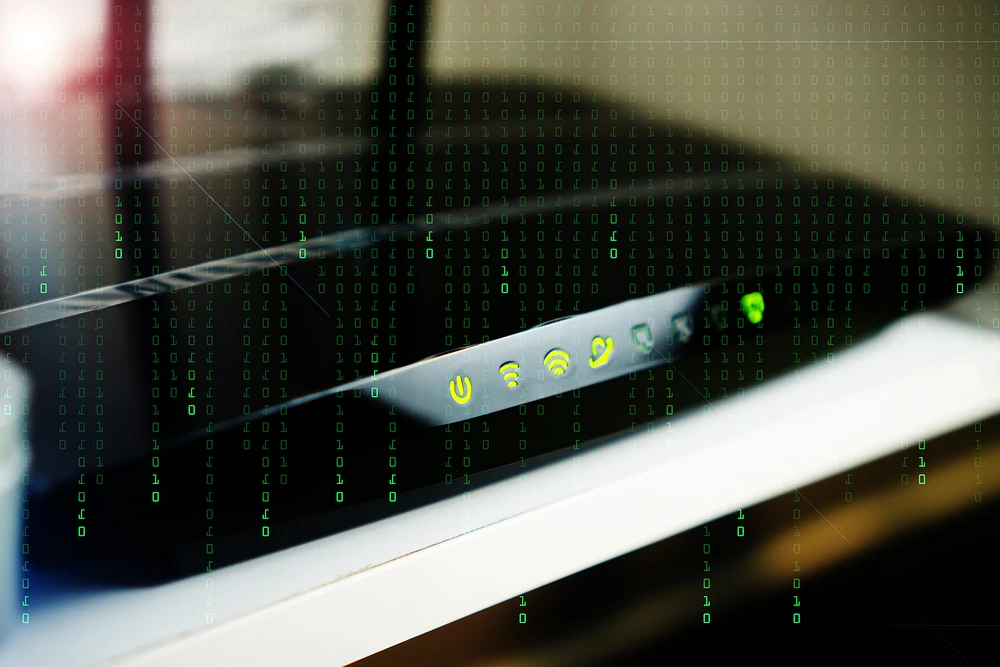TL;DR: Key Signs of a Fake Storage Device
- Prices seem too good: Storage is sold for 50-80% less than major brands charge.
- Packaging looks off: Logos appear blurry, words are misspelled, materials feel cheap, and security stickers are missing.
- Sellers raise doubts: They lack authorized status, have bad ratings, or created accounts very recently.
- Capacity is a lie: A device claims to be full but fails when data exceeds its actual limit.
- Speed is very slow: Write speeds crawl, despite packaging that promises high performance.
- Physical details are wrong: Build quality is poor, text is misaligned, or fonts on labels are incorrect.
- Testing finds real capacity: Check actual space with H2testw on Windows or F3 for Mac and Linux.
- Files become corrupted: Saved photos, videos, and documents may corrupt or vanish.
Why Fake Storage is a Big Deal: It's More Than Just Wasted Money
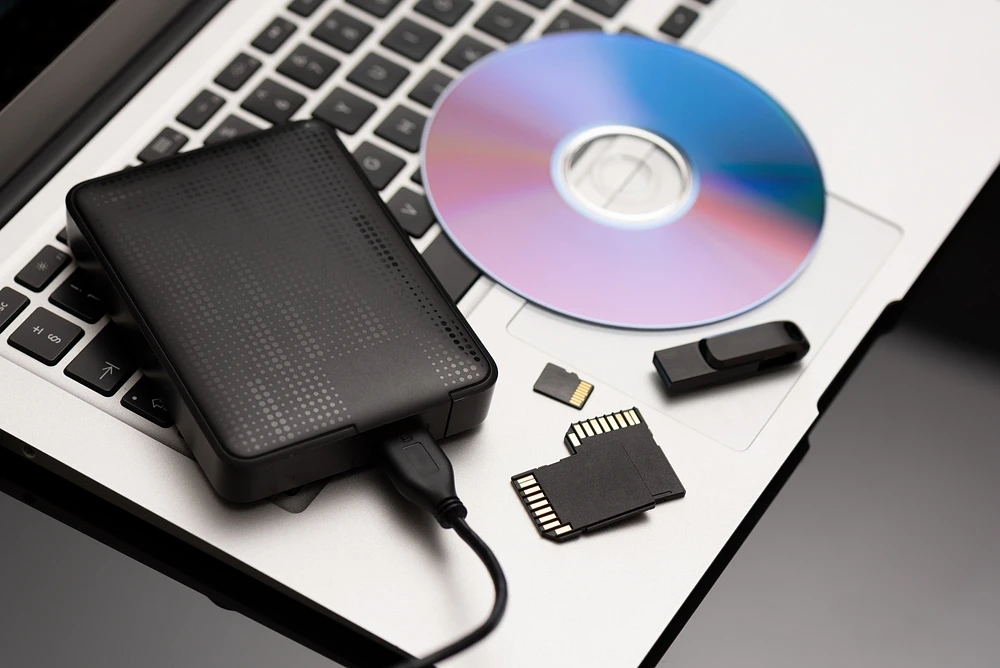
The Illusion of Capacity: Where Does Your Data Really Go?
Fake storage devices employ firmware-level manipulation to deliberately misreport their actual capacity. A seemingly genuine 128GB card might only contain a fraction of that—say, 8GB or 16GB. Once you exceed this hidden, physical limit, the card doesn't just stop; it engages in a destructive charade. New data gets written over the old, corrupting both, or it's dumped into a void, saving nothing.
It's like a parking structure advertising 500 spots when only 50 are real. Cars (your data) keep flooding in, directed to non-existent spaces. They aren't safely parked; they're either crammed into a single spot, destroying whatever was there, or they vanish entirely, with the driver none the wiser until it's too late. The system is designed to fail catastrophically.
Catastrophic Data Loss: The Heartbreaking Consequence
Wedding photos gone. Work presentations wiped. Video from your family vacation is just a corrupted file, utterly useless. This goes beyond simple annoyance. It’s a total gut punch, the permanent loss of memories and data you can’t get back.
We have seen pros lose a full wedding shoot in an instant. Students watch their thesis evaporate days before it’s due. This is the guaranteed result of trusting your life’s work to cheap, counterfeit junk.
Corrupted Files and System Instability
Even files within the true capacity range suffer. Fake devices often use low-quality memory chips that fail unpredictably. Your computer might freeze when accessing these files, or worse, the fake drive could corrupt other storage devices connected to the same system.
Dangerously Slow Speeds That Ruin Photos and Videos
Counterfeit cards claim high-speed ratings they can't deliver. A fake card marked "Class 10" might write at speeds slower than ancient Class 2 cards. This causes:
- Dropped frames in 4K video recording
- Camera buffer overflows during burst photography
- Extremely long file transfer times
- System timeouts and error messages
How to Visually Spot a Fake: The Tell-Tale Signs
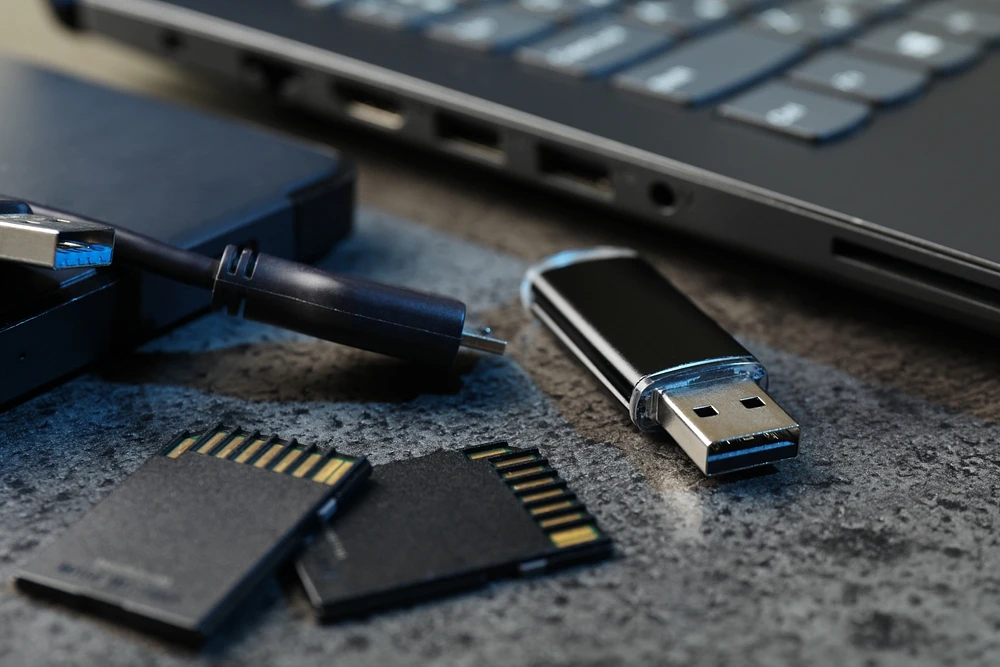
Packaging and Printing Red Flags
Authentic storage comes in high-quality packaging with specific security features. Look for these warning signs:
- Poor print quality: Blurry logos, pixelated images, or colors that look "off" compared to official product photos. Legitimate manufacturers invest heavily in packaging design and printing.
- Spelling and grammar errors: Professional companies don't make basic language mistakes on packaging. "Profesional," "Guaranted," or "High Speeed" indicate counterfeit products.
- Missing security features: Real SanDisk, Samsung, and Kingston products include holographic stickers, QR codes, or other anti-counterfeiting measures. Generic packaging without these features raises suspicions.
- Cheap materials: Authentic packaging feels substantial. Flimsy cardboard, thin plastic blisters, or packaging that tears easily suggests counterfeit origin.
Inspecting the Device Itself: Logos, Fonts, and Build Quality
Logo inconsistencies: Compare the device logo with official images from manufacturer websites. Fake devices often have slightly wrong fonts, colors, or positioning. The SanDisk logo might be too thin, or the Samsung text might use the wrong typeface.
Build quality issues: Legitimate storage devices have consistent molding, smooth edges, and proper alignment. Fakes often show:
- Rough plastic edges
- Misaligned text or logos
- Different plastic textures on the same device
- Labels that peel off easily
Weight differences: Authentic devices have consistent weight due to quality control. Fakes might feel unusually light due to cheaper internal components or hollow spaces.
The Price is Too Good to Be True
Research current market prices for the exact model you're considering. If a 512GB SanDisk Extreme Pro typically costs $80-100, but you found one for $25, that's not a deal—it's a scam.
Legitimate sales rarely offer more than 20-30% discounts on popular storage devices. Anything beyond that range should trigger immediate suspicion.
Where You Buy Matters: Authorized Retailers vs. Marketplaces
Authorized retailers: Best Buy, Amazon (sold by Amazon), B&H, Adorama, and manufacturer websites carry authentic products with full warranties.
Risky sources: Third-party marketplace sellers, especially those with:
- Recent account creation dates
- No physical address listed
- Prices significantly below market rates
- Poor English in product descriptions
- Limited or suspicious reviews
The Definitive Test: Using Software to Expose a Fake
Introduction to H2testw (Windows) – The Gold Standard
H2testw is free German software that writes test data to storage devices and verifies every byte. It's the most trusted tool for exposing fake storage because it actually fills the entire claimed capacity with data, then reads it back to confirm everything matches.
Unlike simple capacity checks that only look at reported size, H2testw performs real write operations that reveal the true storage limit.
Step-by-Step Guide to Using H2testw
Download and setup:
- Download H2testw from the official German website (search "H2testw download")
- Extract the zip file to a folder on your desktop
- Run h2testw.exe as administrator
Testing process:
- Insert your SD card or USB drive
- In H2testw, click "Select target" and choose your storage device
- Click "Write + Verify" (this tests the full capacity)
- Wait for the test to complete (this can take several hours for large capacities)
Important: Back up any existing data first, as this test will erase everything on the device.
Understanding the H2testw Results: What "OK" and "Error" Mean
Good result: "Test finished without errors" means your storage device is legitimate and working properly.
Bad result: Error messages like "Data error" or capacity mismatches indicate problems:
- "Warning: Only X GB of Y GB are usable" reveals the true capacity
- Read/write errors suggest failing memory chips
- Extremely slow speeds indicate poor-quality components
How to Protect Yourself and Buy the Real Drive
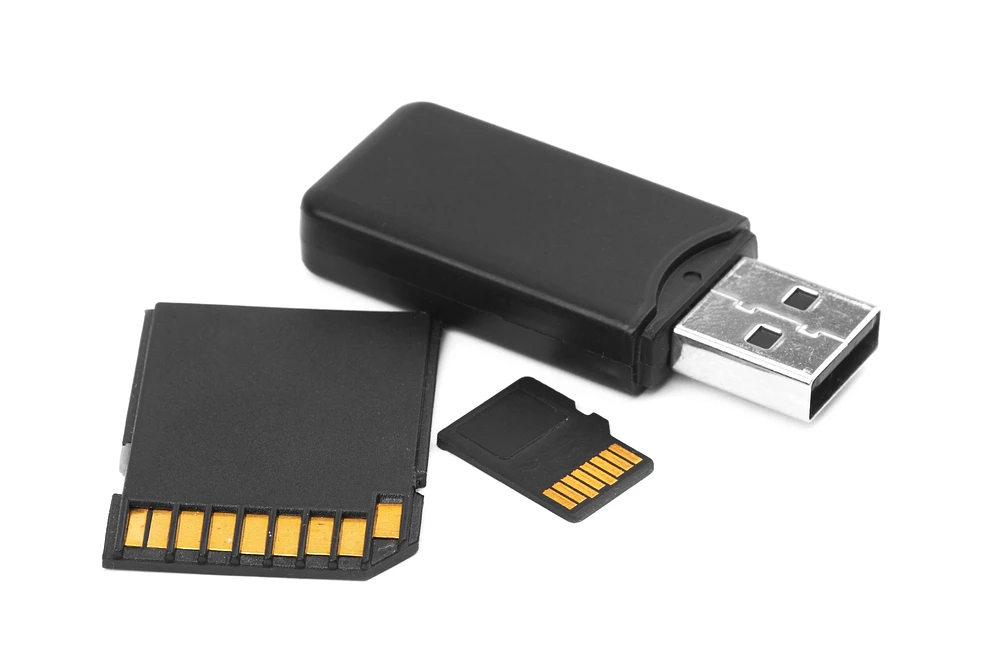
Stick to Authorized and Reputable Retailers
Safest options:
- Manufacturer websites (sandisk.com, samsung.com)
- Major electronics retailers (Best Buy, B&H, Adorama)
- Amazon items sold directly by Amazon (not third-party sellers)
- Local camera stores with good reputations
Verification tip: Check manufacturer websites for authorized dealer lists. Legitimate retailers proudly display their authorized status.
Learn to Recognize Legitimate Deals vs. Impossible Prices
Real sales happen, but they follow predictable patterns:
Legitimate sales:
- Black Friday and holiday promotions
- End-of-line clearances for older models
- Bulk purchase discounts from authorized dealers
- Manufacturer rebates and promotions
Impossible prices:
- 70%+ discounts on current, popular models
- Prices that seem too good compared to all other sellers
- "Limited time" offers that never actually end
- Sellers with no explanation for extremely low prices
Check Reviews, But Be Wary of Manipulated Feedback
Red flags in reviews:
- Sudden influx of 5-star reviews with generic comments
- Reviews that don't mention specific product features
- Perfect ratings with no negative reviews at all
- Review dates clustered within short time periods
Trustworthy review patterns:
- Mixed ratings with detailed, specific comments
- Reviews mentioning actual use cases and performance
- Negative reviews addressing real product issues
- Review dates spread over time
FAQ: Your Questions About Fake Storage Answered
Can data be recovered from a fake SD card?
Almost never. These cards have a hard physical limit. When you write data past their real, tiny capacity, it either gets dumped into a void or overwrites previous files. There's nothing for recovery pros to salvage—the data simply doesn't exist on any memory chip.
Is it safe to use a fake USB drive for non-essential stuff?
Nope. It's a genuinely bad idea. The junk controllers and firmware in these drives are wildly unstable. They can corrupt any file, even one within the "real" storage zone. They’ve also been known to fry USB ports or cause full system crashes.
I formatted the fake drive; it now shows the right capacity. Fixed?
Formatting only wipes the file table. It’s a software-level reset. The hardware-level lie—the reprogrammed controller chip that falsifies the capacity—remains completely untouched. You've just erased what was there; you haven't made the drive honest or functional.
Are brand-name cards from Amazon or eBay always counterfeit?
Not always, but the seller is everything. Buying "Ships from and sold by Amazon.com" is usually safe. Third-party sellers on those platforms, however, are a massive gamble. If the price is way too good, it's almost certainly a fake.
Why do fake storage devices exist? What's the profit angle?
The scheme is brutally simple. Counterfeiters buy ultra-cheap, low-grade chips (like 8GB for a couple bucks). They then hack the firmware to report a false, inflated capacity (like 256GB). Selling that junk for even $20 creates a huge profit margin, outweighing the slim legal risks.
Is selling fake drives actually illegal?
Yes, absolutely. It breaches trademark law (forging logos) and constitutes outright fraud. The catch is enforcement. Tracking down anonymous third-party sellers operating internationally is a logistical nightmare, so many operate with impunity.








